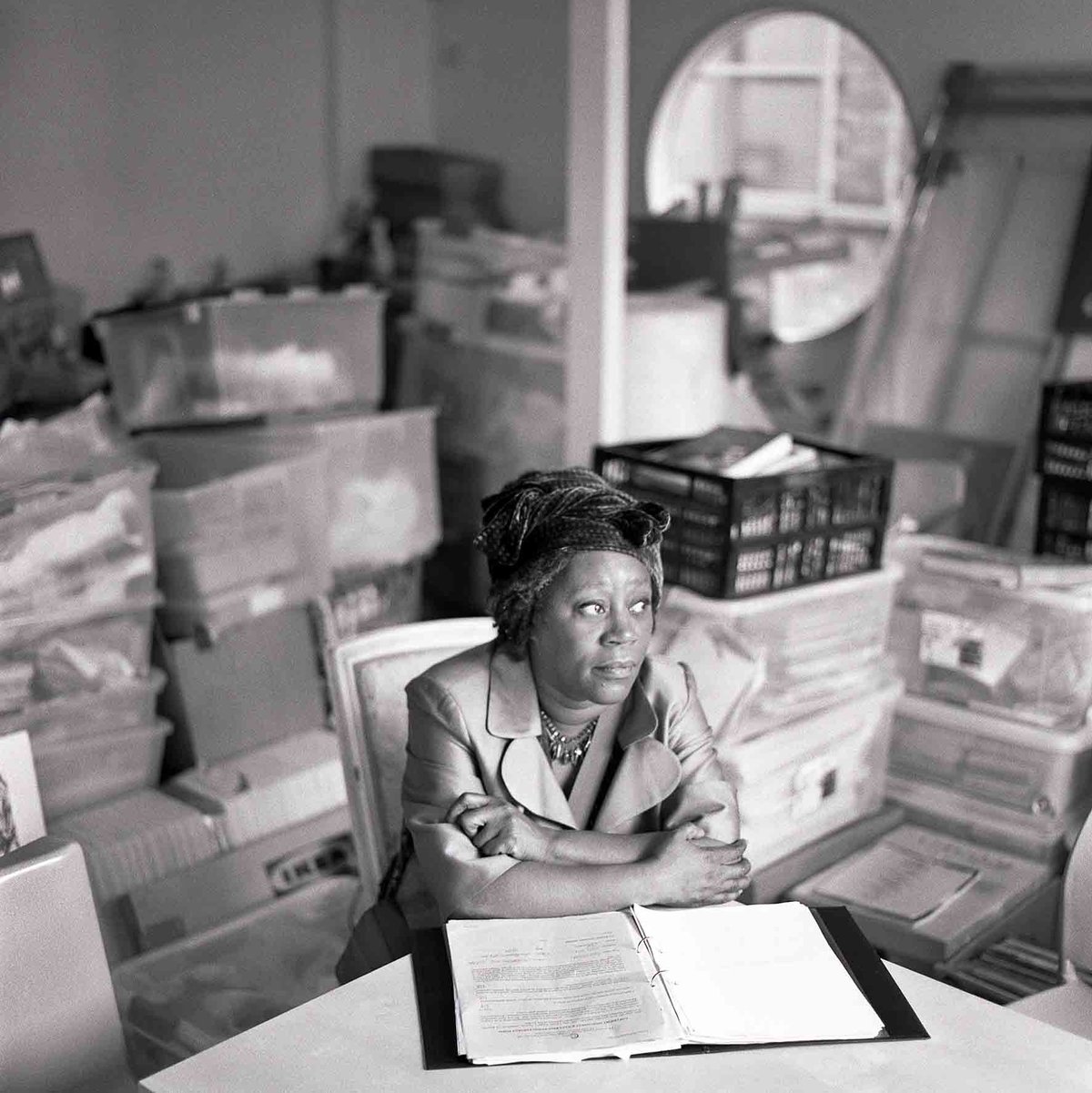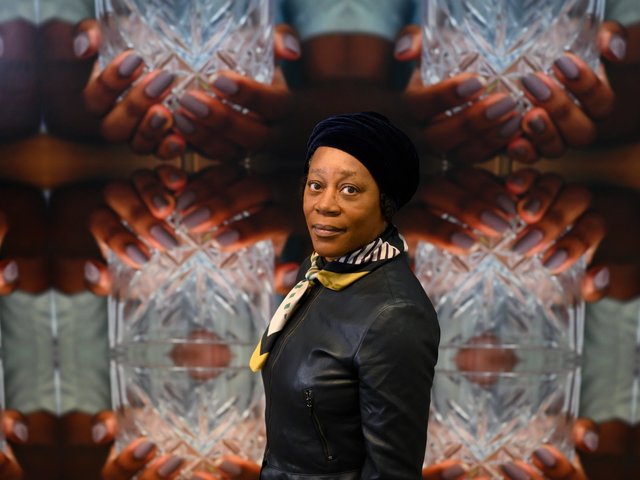Simon Lee Gallery has today announced its worldwide representation of Sonia Boyce, the artist chosen to represent Britain at the Venice Biennale next year. She is the first Black woman to do so.
London-based Boyce came to prominence in the early 1980s as a key figure in the radical political Black Arts Movement. In 1987, when Boyce was just 25, the Tate bought her drawing Missionary Position II, making her the first Black female artist to enter the museum's collection. Around that time, she moved from drawing to a more performative, social practice, which has often involved the collaboration of groups of people. The constants in her work, she says, have consisted of “discussions around gender, race and sexuality”.
In 2018, Boyce's retrospective at the Manchester Art Gallery sparked controversy when John Waterhouse’s Hylas and the Nymphs (1896) was temporarily removed from view. The act meant to question the white, heteronormative power structures that play out within museums and works of art, but was met with cries of censorship from some quarters.
Lee says he and Boyce have known each other “since early in our careers”, adding: “It’s a great privilege to be joining forces now at this important juncture for her.”
The dealer notes how, for 40 years, “Sonia has been at the heart of British art with a generous, social practice that prioritises collaboration and participation. At a time when we have felt disconnected from one another in so many ways, her work feels more meaningful than ever. We look forward to working in partnership with Sonia and to amplifying her vital and urgent voice, to build a legacy for her practice at an international level.”
Simon Lee Gallery will present its first exhibition of Boyce’s work in London in autumn 2022, while Apalazzo Gallery will continue to represent Boyce in Italy.
Boyce is not able to divulge much about her Venice commission, but tells The Art Newspaper there will be a group performance element to it. “I am desperate to bring people together in a way that is safe,” she says. “It has been a gargantuan puzzle trying to work out how to do that, far more difficult than trying to corral cats.”
Describing the past 15 months as a “rocky road”, Boyce nonetheless says the pandemic has “heightened this question of resilience” and observes how “using technology to find a way through or under or over or around a bend has become really crucial”.
The Times reported that the fallout from Brexit would inevitably inform Boyce’s commission, as would the idea of nationhood in the Giardini and beyond.
Boyce notes how the idea of nationhood in the 21st century has been thrown into sharp relief by the pandemic. “The fact that most nations have diasporic links around the world has been borne out by how Covid travels. We are a world that is on the move,” she says. “Actually, we have been like that for centuries, but we are now having to face that question in quite a brutal way. If 2020 told us anything, it’s that the world is so interconnected, yet the idea of ‘a nation’ is to be separate somehow.”




